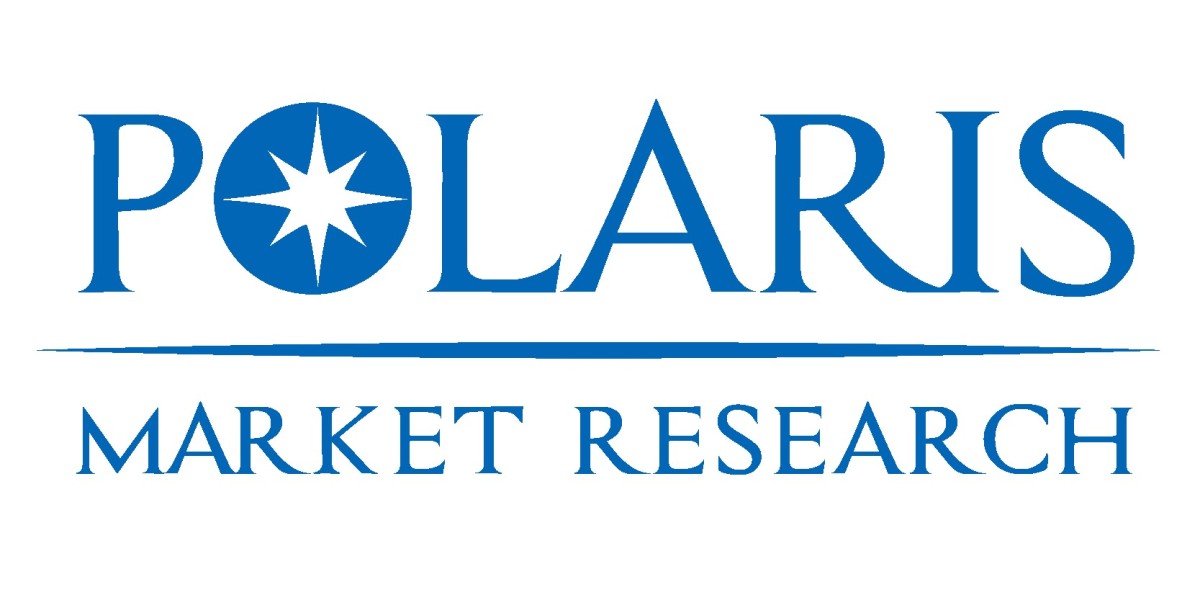In an era where workplace wellness has transcended from buzzword to business imperative, leadership stands as the cornerstone of organizational health. The connection between effective leadership and workplace wellbeing isn't merely correlational it's causal. Leaders shape the environments in which employees spend most of their waking hours, influencing everything from psychological safety to physical health outcomes. This relationship deserves deeper examination as organizations increasingly recognize that their most valuable assets walk out the door every evening.
Redefining Workplace Health Through Leadership Presence
Leadership's impact on workplace health begins with presence—not merely physical attendance, but authentic engagement with the organization's human elements. Leaders who practice mindful presence create ripple effects throughout their organizations, establishing cultures where attentiveness becomes normalized. This presence manifests through active listening during conversations, undivided attention during meetings, and genuine interest in employee experiences beyond productivity metrics.
When leaders demonstrate presence, they model behavior that counters the fragmented attention so prevalent in modern workplaces. Employees who feel truly seen and heard experience reduced stress and anxiety, contributing to better mental health outcomes. Further, presence enables leaders to detect early warning signs of burnout or disengagement that might otherwise go unnoticed until they manifest as performance issues or resignation letters.
Presence also creates space for vulnerability—both the leader's own authenticity and psychological safety for team members. When leaders acknowledge their own limitations and occasional struggles, they dismantle the harmful perfectionism that often pervades workplace culture. This authenticity signals permission for employees to practice self-compassion and seek support when needed, rather than masking difficulties until they become unmanageable.
Architecture and Leadership Decisions
Every leadership decision contributes to the psychological architecture of the workplace. From how meetings are structured to how success is measured, these choices establish the invisible infrastructure that shapes employee experience. Consider the difference between a leader who schedules back-to-back meetings without breaks versus one who intentionally builds transition time into calendars. The former normalizes continuous cognitive overload; the latter acknowledges human limitations and the need for mental reset between focused work sessions.
Similarly, leadership decisions about communication channels dramatically impact workplace health. Organizations where emergency-level responsiveness is expected for routine matters create environments where anxiety flourishes and recovery becomes impossible. Conversely, leaders who establish clear boundaries around communication—distinguishing between what requires immediate attention versus what can wait—protect their teams' cognitive resources and recovery time.
Perhaps most significantly, leadership decisions regarding performance evaluation and recognition systems fundamentally shape workplace health. When success is defined exclusively through quantitative metrics and competition, employees often sacrifice wellbeing for achievement. Leaders who expand their definition of success to include collaboration, sustainable performance, and personal development create environments where health and high performance can coexist rather than conflict.
Neurological Impact of Leadership Behavior
Leadership behavior influences workplace health at a neurobiological level rarely acknowledged in traditional management discourse. Research in social neuroscience demonstrates that leadership interactions trigger specific neurochemical responses in employees—either threat responses characterized by cortisol release or affiliation responses involving oxytocin. These neurochemical patterns have direct implications for immune function, cognitive performance, and cardiovascular health.
Consider two contrasting leadership approaches to addressing a project challenge. A leader who responds with criticism and impatience triggers threat circuitry in team members' brains, activating their sympathetic nervous systems and impairing precisely the creative thinking and collaboration needed to solve complex problems. Alternatively, a leader who approaches the same challenge with curiosity and support activates neurological states conducive to innovation and cooperative problem-solving.
These neurological effects accumulate over time, potentially transforming temporary stress responses into chronic conditions. Employees working under chronically stress-inducing leadership often develop elevated baseline cortisol levels associated with numerous health issues, including immune suppression, cognitive impairment, and increased vulnerability to cardiovascular disease. Leadership behavior thus becomes a significant social determinant of health within organizational contexts.
Intentional Culture Engineering
Workplace culture emerges from thousands of small interactions rather than mission statements or values posters. Leaders shape this cultural ecosystem through what they consistently reward, recognize, tolerate, and model. When leaders praise employees who work through illness or celebrate those who sacrifice personal wellbeing for project completion, they cultivate a culture where self-neglect becomes an implicit requirement for advancement.
Conversely, leaders who recognize sustainable performance and healthy boundaries establish cultural norms that support wellbeing. Something as simple as a senior leader mentioning their therapy appointment or declining a meeting to attend a child's school event normalizes integration of personal wellness into professional identity. These cultural signals communicate more powerfully than any wellness program or policy document.
Leaders also engineer culture through their responses to failure and vulnerability. Organizations where mistakes trigger blame cultivate environments of defensive self-protection rather than growth. When leaders instead respond to failures with curiosity and learning orientation, they create psychological safety essential for both innovation and mental health. This approach transforms failures from sources of toxic stress into opportunities for development and improvement.
Physical Environment as Leadership Expression
The physical workspace represents a tangible manifestation of leadership values regarding employee health. From air quality to lighting, spatial design to ergonomics, physical environments significantly impact physiological functioning. Progressive leaders recognize that workplace design constitutes a health intervention with returns extending far beyond aesthetic appeal.
Natural light exposure in workspaces regulates circadian rhythms essential for sleep quality, which subsequently influences everything from immune function to emotional regulation. Leaders who prioritize access to natural light—whether through building design, office allocation, or flexible work arrangements—make an investment in fundamental physiological health that pays dividends through reduced absenteeism and enhanced cognitive function.
Similarly, decisions about workplace acoustics dramatically affect cognitive load and stress levels. Open-plan offices without adequate acoustic management create constant auditory distraction that taxes neural resources and elevates stress hormones. Leaders who create environments with appropriate sound management—through spatial design, materials selection, or noise-cancellation technology—protect their teams' cognitive resources and stress resilience.
Outsource HR for small business Models
Smaller organizations often struggle to implement comprehensive health-focused leadership practices due to limited resources and expertise. Outsource HR for small business partnerships offer strategic solutions that democratize access to health-oriented leadership frameworks without requiring extensive internal infrastructure. These collaborations provide specialized expertise in developing leadership approaches that prioritize employee wellbeing while remaining aligned with business objectives.
These partnerships frequently begin with leadership capability assessment to identify specific development opportunities related to workplace health influence. From there, customized leadership development pathways address individual leader needs while creating organizational consistency. This approach prevents the common pitfall where wellness becomes siloed within specific departments rather than integrated throughout leadership practices.
External partnerships also facilitate objective accountability for leadership health metrics that might otherwise receive inconsistent attention. Regular assessment of indicators like psychological safety scores, burnout rates, and engagement metrics provides concrete feedback on leadership effectiveness in creating healthy environments. This accountability elevates workplace health from aspirational value to measured leadership competency with tangible impact on organizational outcomes.
Measurement Evolution and Health-Centered Leadership
Traditional leadership effectiveness metrics often overlook health impacts, focusing instead on productivity and financial outcomes. Forward-thinking organizations are expanding their measurement approaches to capture leadership influence on workplace wellbeing, recognizing these factors as leading indicators for sustainable performance rather than peripheral concerns.

Pulse surveys measuring psychological safety before and after leadership interventions provide immediate feedback on leadership effectiveness in creating environments where employees can bring their authentic selves to work. Similarly, tracking unplanned absence patterns, turnover intentions, and reported stress levels offers insight into leadership impact on team wellbeing that might not appear in traditional performance metrics.
Some organizations have begun implementing regular "energy audits" alongside traditional performance reviews, assessing whether leadership practices energize or deplete their teams. This approach acknowledges that sustainable performance depends on energy management as much as skill deployment. Leaders who consistently deplete team energy create short-term performance at the expense of long-term organizational health and resilience.
Neuroplasticity and Leadership Development
Leadership capabilities regarding workplace health aren't fixed traits but developable skills supported by neuroplasticity—the brain's ability to form new neural pathways through consistent practice. This understanding transforms leadership development from abstract theory to concrete brain training with measurable outcomes for organizational health.
According to research published in Harvard Business Review, "The same neuroplasticity that allows us to create habits also allows us to change them and replace them with new ones." This principle applies directly to leadership behaviors that influence workplace health, suggesting that intentional practice can transform leadership patterns that compromise wellbeing into ones that support it.
Leadership development programs focusing on mindfulness practices demonstrate particular promise for enhancing health-supportive leadership capabilities. Regular mindfulness practice strengthens neural circuits associated with emotional regulation, empathy, and attention—all critical components for leadership that positively influences workplace health. Leaders with stronger capacity for emotional regulation create more predictable environments that reduce unnecessary stress for their teams.
Distributed Responsibility for Workplace Wellbeing
While formal leadership positions carry significant influence over workplace health, truly healthy organizations distribute this responsibility throughout their structure. Middle managers, team leaders, and individual contributors all shape the health ecosystem through their daily behaviors and interactions. Organizations that restrict health leadership to executive levels or HR departments miss opportunities for broader cultural transformation.
Peer-to-peer recognition systems that highlight health-supportive behaviors amplify positive influences throughout organizational networks. When employees receive acknowledgment for setting appropriate boundaries, supporting colleagues during stress, or modeling sustainable work patterns, these behaviors spread through social learning mechanisms more effectively than formal policies alone could achieve.
Similarly, creating clear pathways for upward feedback about health impacts of leadership decisions democratizes responsibility for workplace wellbeing. When employees can safely communicate how management practices affect their health—without fear of retribution—organizations gain crucial intelligence about unintended consequences of leadership approaches that might otherwise remain invisible to decision-makers.
Technological Acceleration and Leadership Adaptation
Technological evolution continues transforming workplace dynamics at unprecedented speed, creating both challenges and opportunities for health-centered leadership. Remote and hybrid work arrangements have permanently altered the leadership landscape, requiring new approaches to influence workplace health across distributed environments where traditional observation and intervention methods no longer apply.
Leaders now need capabilities for "digital presence" that convey authentic connection through technological mediation. Skills like communicating empathy through written channels, detecting wellbeing concerns without physical proximity cues, and creating psychological safety in virtual contexts have become essential rather than specialized leadership competencies. Organizations investing in developing these capabilities position themselves advantageously as work continues evolving beyond traditional arrangements.
Technology simultaneously offers powerful tools for health-supportive leadership when thoughtfully deployed. Digital analytics can help leaders identify patterns suggesting emerging wellbeing concerns before they become crises. Virtual reality applications create immersive leadership development experiences targeting specific health-influencing capabilities. Machine learning algorithms can detect linguistic patterns in communications that indicate rising stress levels or declining engagement, enabling earlier intervention.
Conclusion
Leadership's influence on workplace health operates through multiple pathways—neurological, psychological, cultural, and physical—with consequences extending far beyond conventional wellness programs or benefits packages. As research continues illuminating these connections, organizations face both ethical imperative and strategic opportunity in developing leadership approaches that consciously create healthier work environments.
The most effective health-centered leadership doesn't view employee wellbeing as competing with performance objectives but rather as fundamental infrastructure supporting sustainable achievement. This perspective transforms leadership development from peripheral investment to core business strategy with quantifiable returns through enhanced engagement, reduced turnover, decreased absenteeism, and sustained innovation capacity.
Organizations that develop leadership capabilities specifically focused on workplace health positioning create competitive advantage in talent markets increasingly concerned with work experience beyond compensation. As employees increasingly prioritize wellbeing alongside traditional career considerations, leadership that consciously shapes healthier workplaces becomes not merely a moral good but a business necessity. The future belongs to organizations whose leadership approaches recognize that organizational health and human health are inextricably interconnected.








